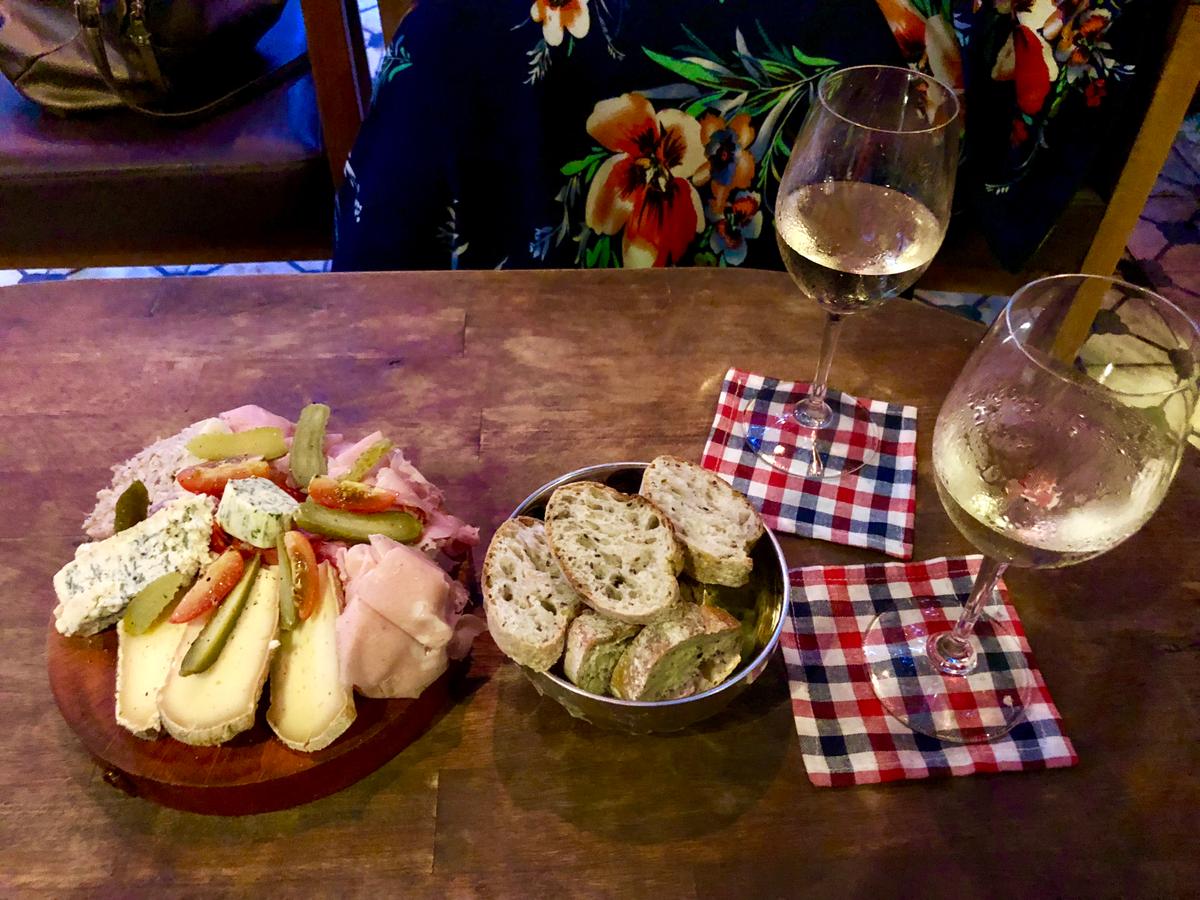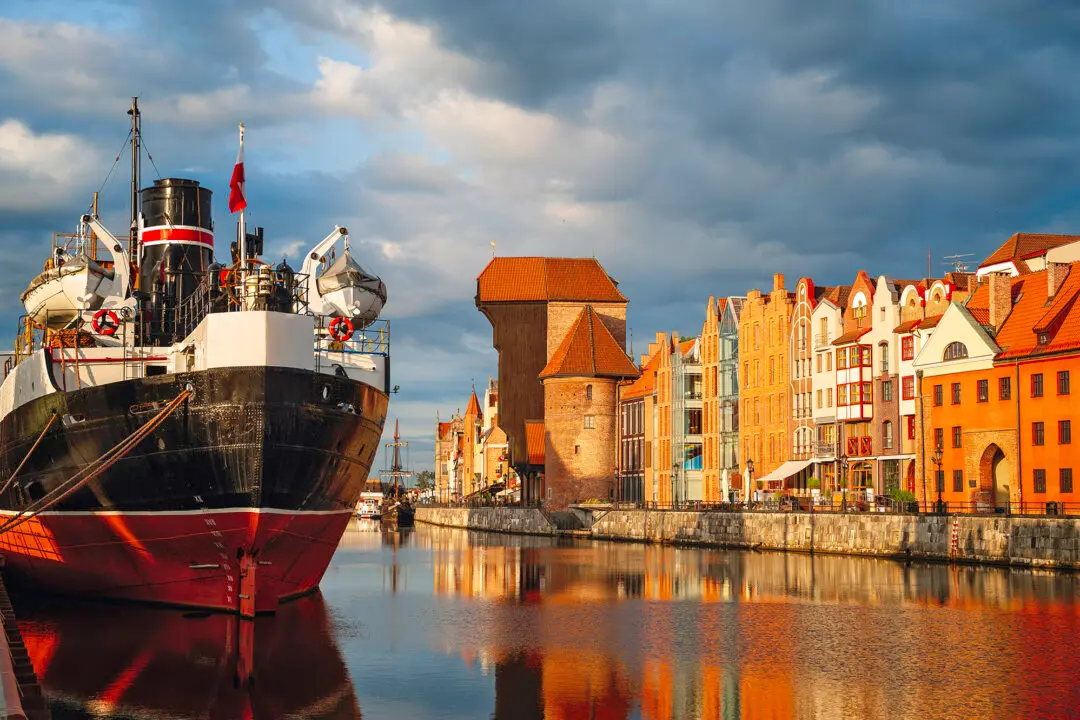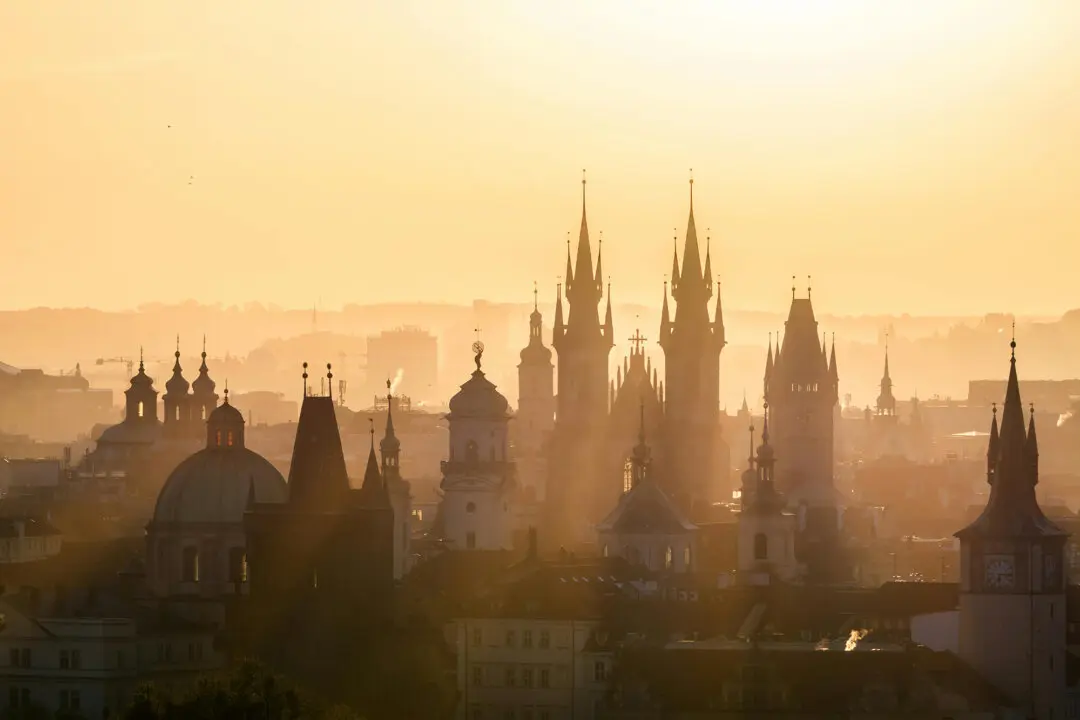SIEM REAP, Cambodia—“The idea is that I take people to the places I would take my friends,” Evi-Elli La Valle tells me, as we sip cool glasses of pinot gris, the late-day sun now almost gone, most of the light coming from lanterns hanging overhead, and our two chilled glasses helping hold the humidity at bay. Meeting me at my hotel in the back of a tuk-tuk, La Valle guided us here to Balthazar, which serves up fine gastronomy descended from Cambodia’s days as part of French Indochine.

Grazing at Balthazar. Tim Johnson





